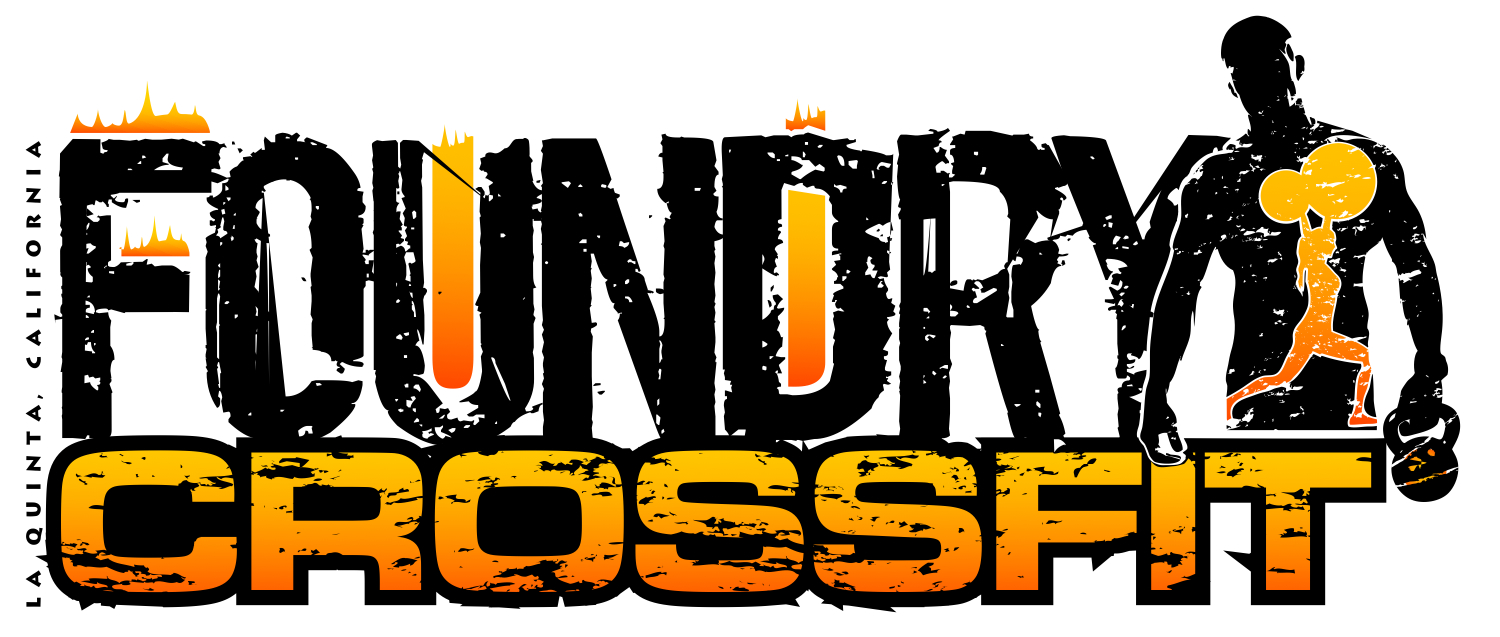Progressive Overload- What is it?
/The happiest I've seen Nick while doing Thrusters.
Progressive overload is the gradual increase of stress placed upon the body during exercise training.
A common goal for strength-training programs is to increase or to maintain one's physical strength or muscle mass. In order to achieve more strength, as opposed to maintaining current strength capacity, muscles need to be stressed in such a way that triggers the body's natural, adaptive response to new demands placed on it.
Progressive overload not only stimulates muscle hypertrophy, but it also stimulates the development of stronger and denser bones, ligaments, tendons and cartilage. Progressive overload also incrementally increases blood flow to exercised regions of the body and stimulates more responsive nerve connections between the brain and the muscles involved.
Conversely, decreased use of the muscle results in incremental loss of mass and strength, known as muscular atrophy. Sedentary people often lose a pound or more of muscle annually.
The loss of 10 pounds of muscle per decade is one consequence of a sedentary lifestyle. The adaptive processes of the human body will only respond if continually called upon to exert greater force to meet higher physiological demands.
In order to minimize injury and maximize results, the novice begins at a comfortable level of muscular intensity and advances towards overload of the muscles over the course of the exercise program. Progressive overload requires a gradual increase in volume, intensity, frequency or time in order to achieve the targeted goal of the user. In this context, volume and intensity are defined as follows:
- Volume is the total number of repetitions multiplied by the resistance used as performed in specific periods of time.
- Intensity is the percent value of maximal functional capacity, or expressed as percent repetition maximum.
In order to increase your strength & fitness, and get the most out of your time in the gym, you need to be increasing your lifts! That's one of the main reasons why we recommend using the Beyond The Whiteboard App www.beyondthewhiteboard.com to track what you have already lifted and then attempt to lift more on the next workout. If the last time Front Squat 3-3-3-3-3 was programmed your lifts were 83-93-103-113-118, then this time you could lift 93-103-113-118-123 or try 113-113-113-113-113. Either one would be an improvement over the pervious session because the intensity and volume are higher.
BTWB is easier, bro.
If you try to remember what all of your lifts were you'll either fail of you have a Beautiful Mind. If you go "by feel" it will always feel heavy at some point and you'll struggle to make actual progress. Download the app, track your lifts, and get more fit!

















